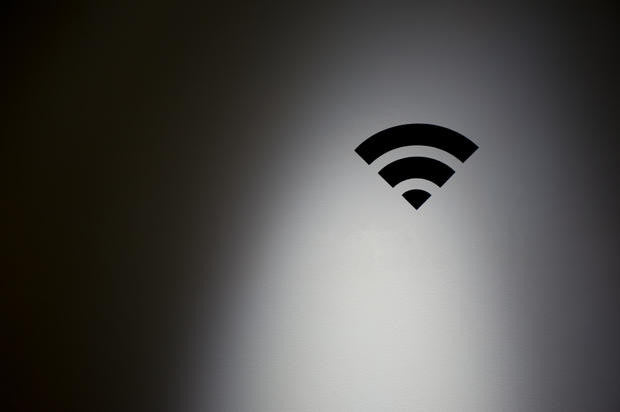Last year was the first time that Wi-Fi carried more mobile traffic than cellular did, according to Cisco’s Visual Networking Index Global Mobile Data Traffic Forecast (2015 to 2020), which cites Maravedis’ research. That trend is fundamentally changing the telecom market in a variety of ways.
For example, the more that mobile operators and their customers rely on Wi-Fi, the more important it is for 802.11 to provide good quality of service experience (QoS/QoE). (One way to define “good” is a connection that’s at least as fast, reliable and low latency as what cellular offers.) Otherwise, many customers will choose cellular, and mobile operators will pay the price in terms of having to buy additional base stations, backhaul and spectrum – if there’s even any spectrum available for them to buy. Hotspot owners and aggregators also will pay the price in terms of less revenue, both from end users and from their mobile operator partners.
To avoid those problems, the Wi-Fi industry has spent the past couple of years developing “carrier-grade” 802.11, which aims to provide a better user experience than traditional “best-effort” Wi-Fi. By the end of 2017, carrier-grade access points will start to outnumber best-effort ones, Maravedis predicts. By 2020, more than 90 percent of hotspots will be carrier grade.
The Business Case for LTE Coexistence
When it comes to Wi-Fi QoS/QoE, one looming wild card is LTE’s use of the same 5 GHz band that many hotspots inhabit. LTE Licensed Assisted Access (LTE-LAA) technology aggregates signals across licensed and unlicensed bands in order to deliver more bandwidth than the licensed spectrum alone could support.
Note that “support” doesn’t refer only to the maximum amount of bits that a slice of spectrum can handle. Support also can be viewed in financial terms. For example, a mobile operator might configure LTE-LAA so that the LTE “anchor” carrier is used for minimal traffic because that licensed spectrum is scarce and expensive. The bulk of the traffic then would go over the unlicensed carrier(s), thus reducing the operator’s cost of delivering service and in turn increasing its ability to achieve a profit.
Whatever the scenario, LTE-LAA also highlights why mobile operators – and their vendors – have a vested interest in finding ways to ensure that their traffic coexists peacefully alongside Wi-Fi. If LTE-LAA pollutes the unlicensed spectrum, then the interference will undermine Wi-Fi’s QoS/QoE, making offload less attractive to customers. That would shift more traffic back into licensed spectrum, which is already crowded in urban areas.
For example, Qualcomm and Verizon Wireless are among the companies developing “listen before talking” (LBT) technologies, which enable LTE-LAA devices and infrastructure to check to see if a nearby Wi-Fi application is already sending traffic on a particular frequency. If there is, LBT would look for another, clear frequency before transmitting.
Time and real-world deployments will show whether LBT is a viable way to enable coexistence. In urban and suburban areas, unlicensed spectrum is already crowded, so there will be times and places where LBT inevitably struggles to find clear frequencies. Many of those times and places also are when and where cellular spectrum is overloaded, such as city centers during the workday. The likely result is that there will be times and places where mobile operators and their customers would benefit the most of LTE-LAA offload, but LBT will be unable to broker it.
Offloading to Other Bands, Including New Ones
The good news is that other technologies are emerging to help shoehorn more traffic into unlicensed spectrum. Some of these technologies also complement one another to maximize their benefits. For example, self-optimizing Wi-Fi networks (SON) can identify when a dual-band Wi-Fi device could and should move to just one of those bands, thus freeing up the other band for other users. That alone would help reduce congestion, which could be further reduced if LBT devices also are active in that area.
Another example is WiGig, which uses unlicensed 60 GHz spectrum. If it achieves significant market share, that would mean less traffic clogging up the 2.4 GHz and 5 GHz bands. The 802.11ah and 802.11ax standards could have similar effects by shifting some traffic into new bands between 900 MHz and 6 GHz.
Maravedis is the leading analyst firm covering Wi-Fi. If you need market research on Wi-Fi or would like to produce unique content as part of your content marketing strategy, contact us today.
